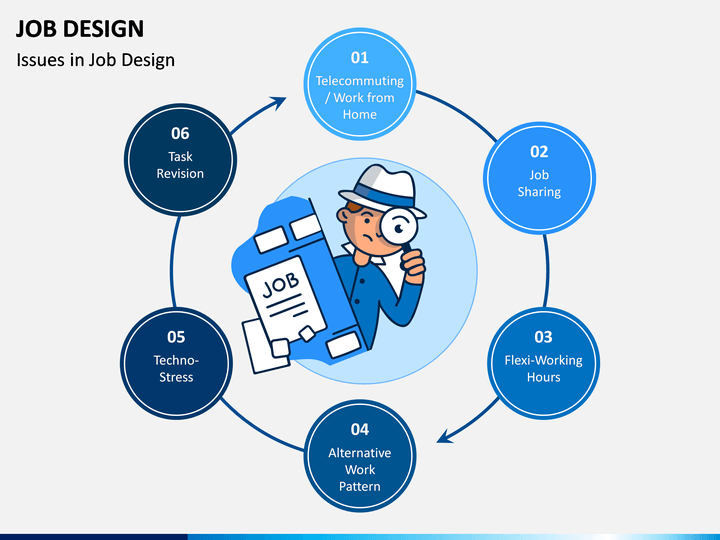

Motivated by this question, Alexander conducted numerous experiments throughout his career, going deeper and deeper. What went wrong, and how might architecture correct its course?Īn example of the kind of postmodern architecture Christopher Alexander criticized. It may be sleek and intellectual – it may even win awards – but it does not help generate a feeling of life within its occupants. Much modern architecture is inert and makes people feel dead inside. That was Christopher Alexander’s conclusion in the mid-20th century. On creating structures that foster lifeĪrchitecture was getting worse, not better. But if they do, good design could come to mean something much richer.

No surprise, then, that his deepest insights have not yet entered technology design. While Alexander’s work on design patterns is very well known – his 1977 book “ A Pattern Language” remains a bestseller – his later work, which he deemed much more important, has been largely overlooked. He took that work further, eventually publishing his theory in his four-volume magnum opus, “ The Nature of Order.” The patterns he developed with his colleagues included details like how many stories a good building should have and how many light sources a good room should have.īut Alexander found design patterns ultimately unsatisfying. His work on design patterns, dating back to the 1960s, was his initial effort at an answer. Alexander dedicated his life to understanding what makes an environment good for humans – good in a deep, moral sense – and how designers might create structures that are likewise good.Ĭhristopher Alexander discussing place, repetition and adaptation. How, exactly, to avoid that is a major challenge.Ī seed of hope lies in the very place where design patterns originated: the work of Christopher Alexander. Yet they do not necessarily lead to designs that are good for people. With design patterns, life is easier for designers, and the end products are better for users.ĭesign patterns facilitate good design in one sense: They are efficient and productive. Instead of reinventing the wheel every time, designers can apply a design pattern: clicking the logo at the upper left always takes you home. In user experience design, for instance, such problems include helping users enter their shipping information or get back to the home page. A design pattern is a reusable solution to a problem that designers need to solve frequently. Design patterns are a great example of this. Tech companies and product managers have realized that a well-designed user interface is essential for a product’s success, not just nice to have.Īs professions mature, they tend to organize their knowledge into concepts. Technology design is beginning to mature. Translated to the technology field, this theory can provide the principles and process for creating technologies that unlock people’s humanity rather than suppress it. Alexander, who died in March 2022 at age 85, developed a theory of design that has made inroads in architecture. Over the past 60 years, the architectural theorist Christopher Alexander pursued questions similar to these in his own field. Michaelmehaffy/Wikimedia Commons, CC BY-SA It all started decades ago with an architect’s observation that newer buildings tended to be lifeless and depressing, even if they were made using ever fancier tools and techniques.Ĭhristopher Alexander in 2012. Think of anonymous flame wars.Īs a researcher who studies technology, design and ethics, I believe that a hopeful way forward comes from the world of architecture. And some platforms bring out the worst in people. Often you have to change to conform to the limitations of a system, as when you need to speak differently so a digital voice assistant can understand you. Sometimes devices do not work reliably or as expected. Some technologies seem to unlock your humanity and make you feel inspired and alive.īut not all technologies are like this. Indeed, Apple co-founder Steve Jobs said that computers were like bicycles for the mind, extending your possibilities and helping you do things not only more efficiently but also more beautifully.
Apple keynote design windows#
I had been using Windows my whole life, starting on my family’s IBM 386, and I never thought using a computer could be so fun. The rounded corners, the lively shading, the delightful animations. My first Apple laptop felt like a piece of magic made just for me – almost a part of myself.


 0 kommentar(er)
0 kommentar(er)
